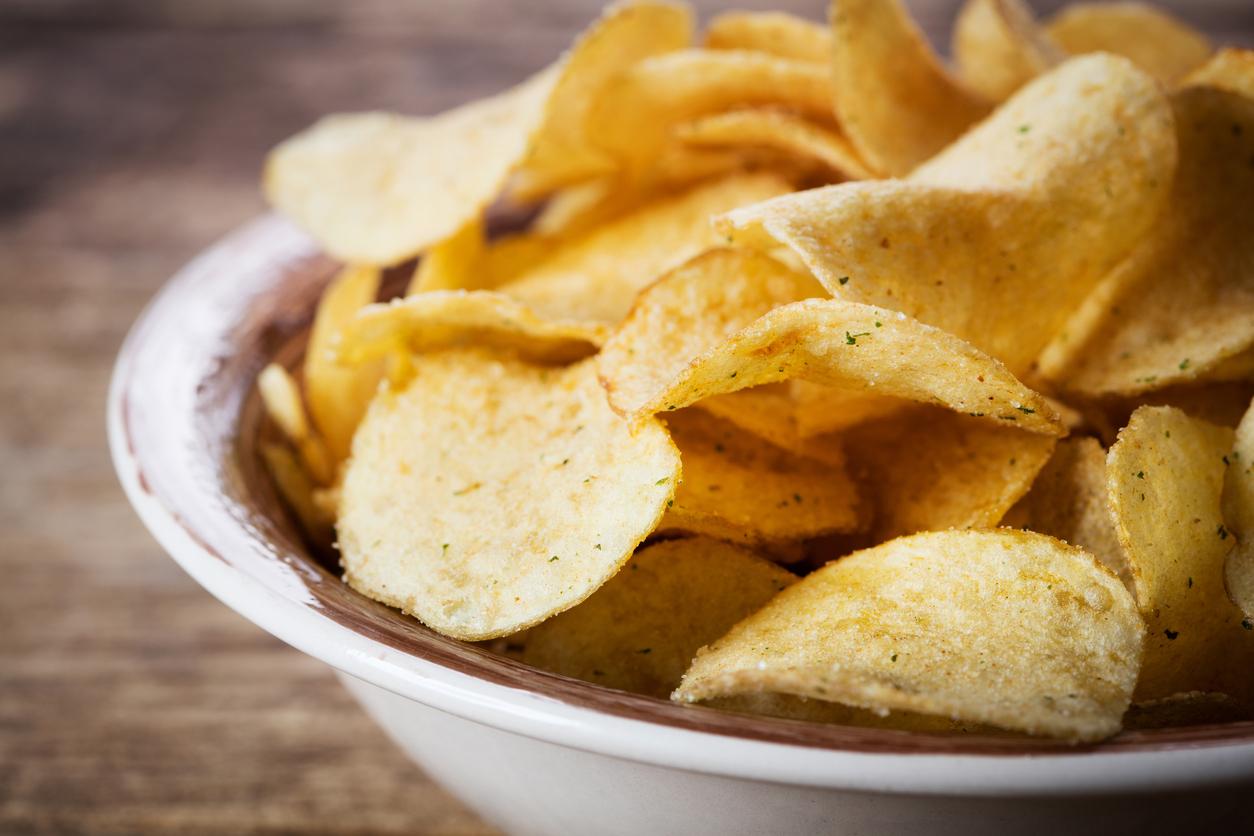At the end of a long day, who has time to verify the detailed nutrition information about each product that throws its shopping basket?
To eat healthy, some people prefer to maintain a simple rule: choose products with a list of short ingredients. The idea is that food with only a few ingredients are less processed, more “natural” and, therefore, healthy.
But is this always the case? This is what the length of an ingredient list can and cannot tell you about nutrition, and what else to look for.
How the lists of ingredients work
You can find a list of ingredients in most packaged food labels, telling you the number and type of ingredients involved in making that meal.
In Australia, packaged food products must follow certain rules established by the Code of Food Standards of Australia and New Zealand.
The ingredients must be listed in order of tilt of weight. This means that the elements at the beginning of the list are those that constitute most of the product. Those who are in the end make up at least.
Food labels also include a nutritional information panel, which indicates the amount of key nutrients (energy, proteins, total carbohydrates, sugars, total fats, saturated fats and sodium) by portion.
This panel also indicates the content per 100 grams or milliliters, which allows you to resolve the percentage.
Whole Foods can also be packaged
The products with only one, two or three articles in their list of ingredients are generally in a form that closely reflects food when taken from the farm. Then, although they come in the packaging, integral foods could be considered.
The “integral foods” are those that have undergone minimum processing, such as fresh fruits and vegetables, lentils, legumes, whole grains such as oatmeal or integral rice, seeds, nuts and meat and unprocessed fish.
To support general health, Australian dietary guidelines recommend eating comprehensive foods and limiting those that are highly processed.
Many integral foods, such as fresh fruits and vegetables, do not have an ingredient list because they do not come in a package. But some do it, including:
- canned or frozen vegetables, such as a can of black beans or frozen peas
- Canned fish, for example, springwater tuna
- Simple Greek yogurt.
This type of food can contribute every day to a healthy and balanced diet.
What is an ultra -processed meal?
A list of shorter ingredients also means that the product is less likely to be an ultra -process food.
This describes products made of industrial processes that combine multiple ingredients, often including colors, flavors and other additives. They are hyperpalizable, packaged and designed for convenience.

Ultraprocessed foods often have lists of long ingredients, due to aggregate sugars (such as dextrose), modified oils, protein sources (for example, isolated from soy protein) and cosmetic additives, such as colors, flavors and thicknesses.
Some examples of ultra -processed foods with long ingredients lists include:
- food replacement drinks
- Plant -based meat imitations
- Some commercial bakery articles, including cookies or cakes
- Instant noodles
- Energy or performance drinks.
If a meal is very marked and marketed, it is more likely to be an ultra -process food, a created product, instead of a complete food that has not changed much from the farm.
Nutrition is more than a number
Choosing products with a list of shorter ingredients can function as a general rule. But other factors also matter.
The length of an ingredient list tells us nothing about the nutritional content of food, so it is important to consider the type of ingredients as well.
Remember that the elements are listed in order of their weight that is entered, so if the sugar is second or third in the list, there is probably some added sugar.
For example, a food product can have only a few ingredients, but the first, second or third is a type of fat, oil or sugar, then it may not be an ideal option for every day.

You can also consult the nutritional information panel. Use the “by service” column to verify the nutrients you would get by eating a food service. If you want to compare the amount of a nutrient in two different foods, it is better to see the column per 100 g/ml.
Some examples of food with relatively short ingredients lists, but high amounts of fats and aggregate sugars include:
- chips
- chocolate
- soda.
Alcoholic beverages, such as beer or wine, can also have only a few ingredients, but this does not mean that they should be consumed every day.
Non -food ingredients
You can also monitor cosmetic ingredients, which have no nutritional value. These include colors, flavors, emulsifiers, thickening, sweeteners, volume agents and gelifying agents.
Sometimes a little detective work is needed to detect cosmetic ingredients in the list, since they can be under many different names (for example, stabilizer, malted barley extract, methylcellulose). But they are generally recognizable as non -food elements.
If there are multiple non -food items included in an ingredient list, there is a good possibility that food is ultra processed and is not ideal as a daily option.
The final result? Choosing food with a list of shorter ingredients can help you choose to choose less processed foods. But you should also consider what type of ingredients are being used and maintain a varied diet.
Margaret Murray is a professor of Nutrition at the Technological University of Swinburne.
This article is published again from the conversation under a Creative Commons license. Read the Original article.












